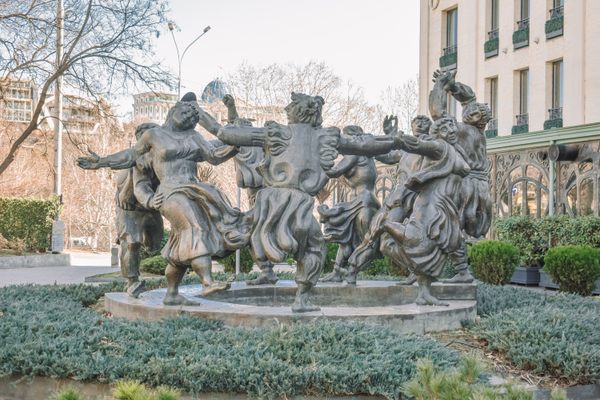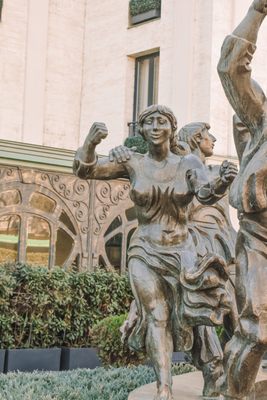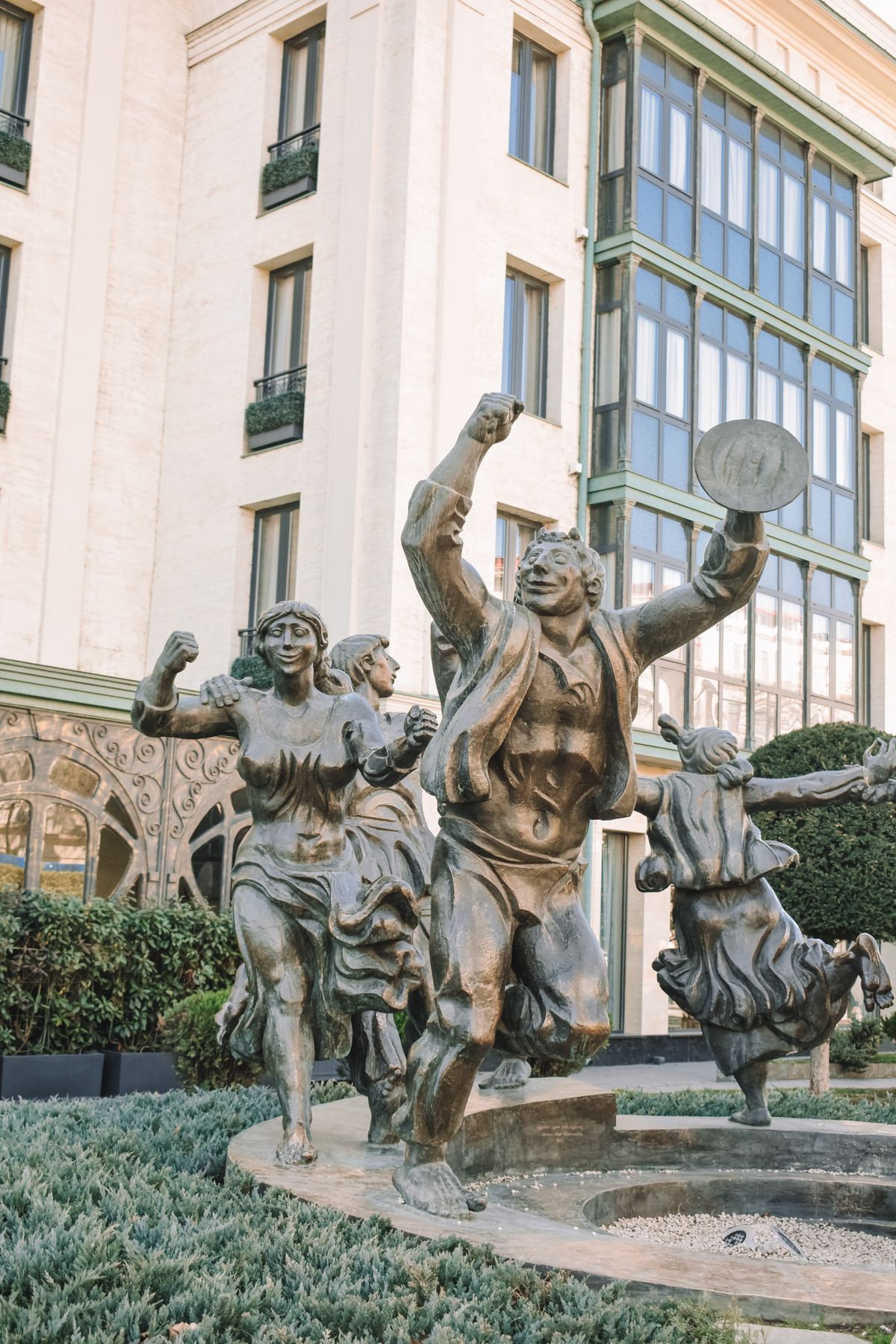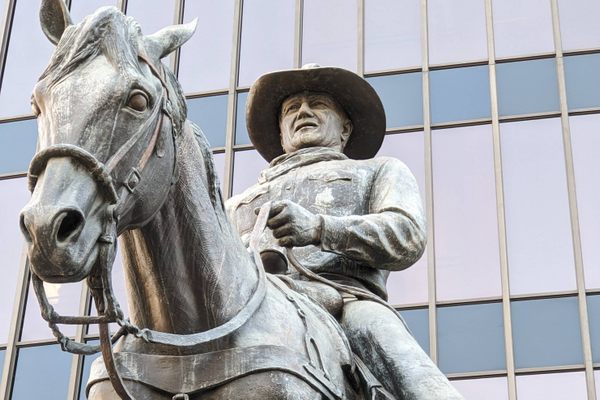About
Just west of the River Mtkvari, not far from the famous Rezo Gabriadze Puppet Theater and Tbilisi’s oldest surviving church, the Anchiskhati Basilica of St. Mary, you’ll find a sculpture of exuberant dancers, frozen in a circle. Each smiling, lively dancer in the circle is unique. Together they are an homage to an ancient tradition: the spring ritual known as Berikaoba.
Before becoming one of the first nations to convert to Christianity, in the early fourth century, Georgia was a tapestry of pagan cultures, including Zoroastrianism, Hellenism, and many more. While the specific tradition in which Berikaoba originated during this period remains unclear, it was a festival to welcome spring fertility and good fortune through the year.
During the celebration, elaborately masked berikas paraded through villages demanding goods like eggs and wine. Providing the items to them ensured a productive and prosperous spring. The parade was followed by feasting, wrestling and games. Thousands of years later, the tradition has faded; only a few villages in Kakheti, the eastern corner of the country, still celebrate Berikaoba.
The sculpture, created by Avtandil Monaselidze and erected in 1981, serves as a reminder that Georgian culture as a whole has always been a melting pot of different traditions and religious customs.
Related Tags
Know Before You Go
The sculpture is accessible 24/7 and stands at the north edge of the oldest section of Tbilisi.
Published
March 29, 2021





























